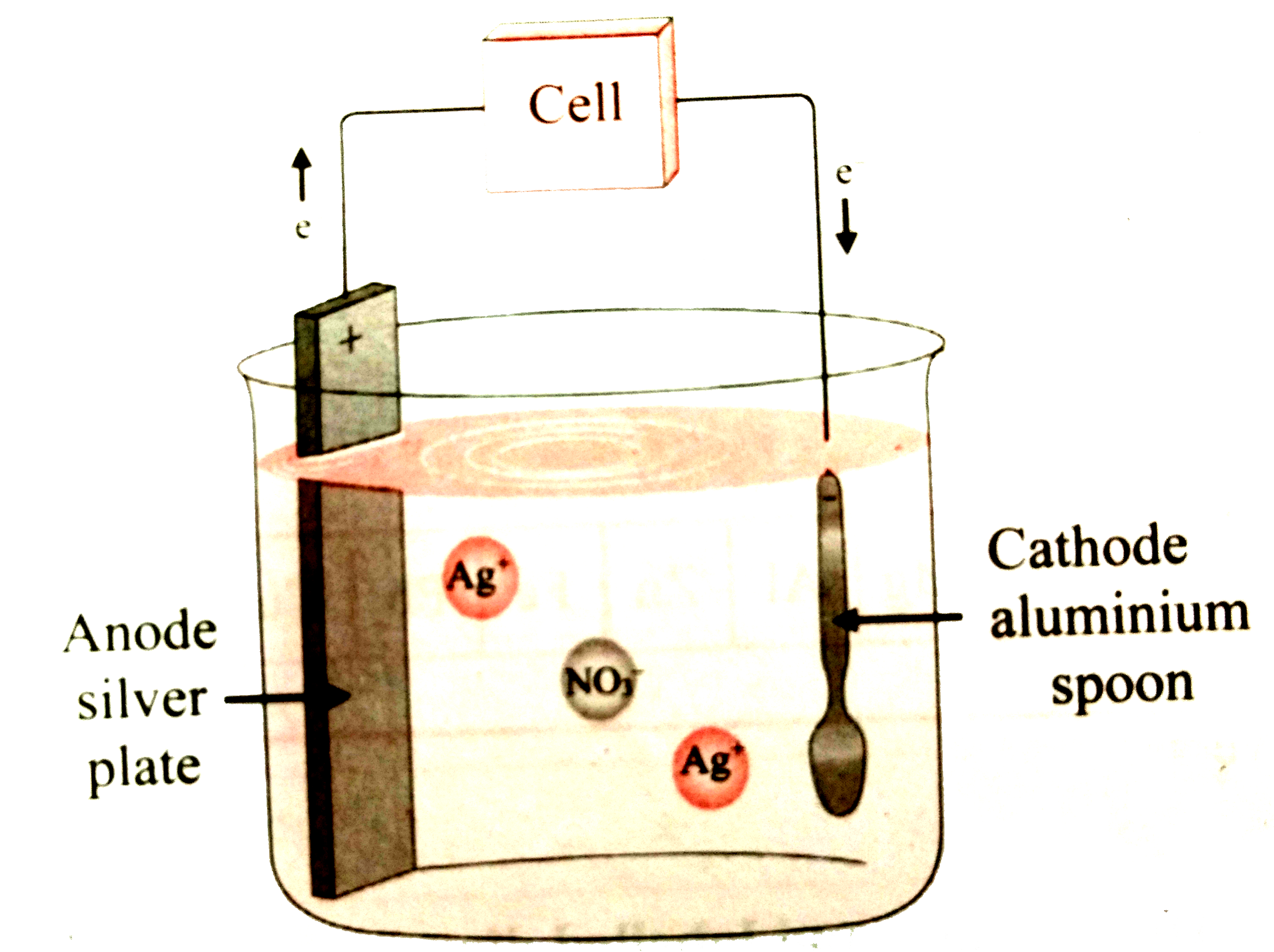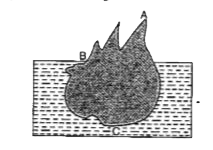Answer the following questions.
How does the defect of myopia arise in a human eye?
Step-by-Step Solution:
1. Understanding Myopia: Myopia, also known as nearsightedness, is a common vision condition where distant objects appear blurry while close objects can be seen clearly. This condition arises when the eye is too powerful for its length.
2. Image Formation: In a normal eye, light rays from distant objects are focused directly on the retina. However, in myopia, the light rays converge before they reach the retina, causing the image to form in front of it.
3. Causes of Myopia:
- Ciliary Muscles: The ciliary muscles in the eye control the shape of the lens. If these muscles do not relax properly, the lens remains too curved, which increases the eye's optical power. This means that the focal length of the lens is too short, causing images of distant objects to focus in front of the retina.
- Elongated Eyeball: Another cause of myopia can be the physical shape of the eye. If the eyeball is elongated (longer than normal), it increases the distance between the lens and the retina. This elongation causes light rays from distant objects to focus before they reach the retina, leading to blurred vision.
4. Conclusion: Myopia arises due to either the inability of the ciliary muscles to relax, resulting in excessive optical power, or due to an elongated eyeball that alters the distance at which images are focused. Both these factors lead to the formation of images in front of the retina, making it difficult to see distant objects clearly.
- Ciliary Muscles: The ciliary muscles in the eye control the shape of the lens. If these muscles do not relax properly, the lens remains too curved, which increases the eye's optical power. This means that the focal length of the lens is too short, causing images of distant objects to focus in front of the retina.
- Elongated Eyeball: Another cause of myopia can be the physical shape of the eye. If the eyeball is elongated (longer than normal), it increases the distance between the lens and the retina. This elongation causes light rays from distant objects to focus before they reach the retina, leading to blurred vision.
Similar Questions
Knowledge Check
Human personality is a result of
Aonly heredityBupbringing and educationCinteraction between heredity and environmentDonly environment
Answer the following questions.
Does it represent a plant cell or an animal cell?
View SolutionStudy the diagram and answer the following questions

What does the diagram represent?
View SolutionAnswer the following questions briefly :
What do you understand by human poverty?
View SolutionAnswer the following questions.
Does it represent a prokaryotic cell or an eukaryotic cell?
View SolutionExamine the given defective crystal :

Answer the following questions :
(i) Is the above defect stoichiometric or non-stoichiometric ?
(ii) Write the term used for this type of defect. Give an example of the compound which shows this type of defect.
(iii) How does this defect affect the density of the crystal ?
View SolutionExamine the given defective crystal :
X+Y−X+Y−X+Y−OY−X+Y−X+Y−X+OX+Y−X+Y−X+Y−
Answer the following questions :
(i) Is the above defect stoichiometric or non-stoichiometric ?
(ii) Write the term used for this type of defect. Give an example of the compound which shows this type of defect.
(iii) How does this defect affect the density of the solid ?
View SolutionAnswer the following questions.
The eyeball is approximately spherical in shape. What is the diameter of a norinal human eye ball?
View Solution

